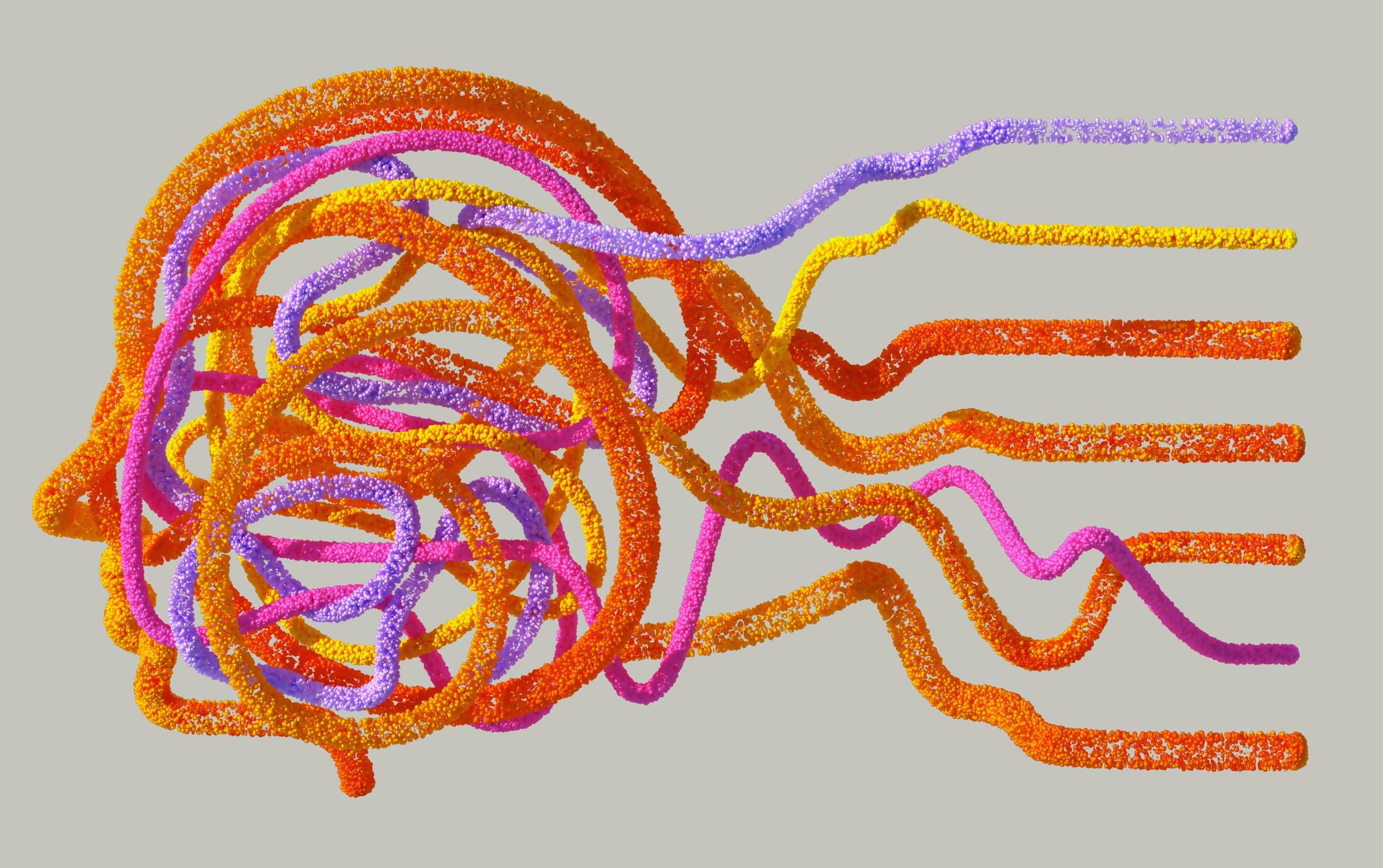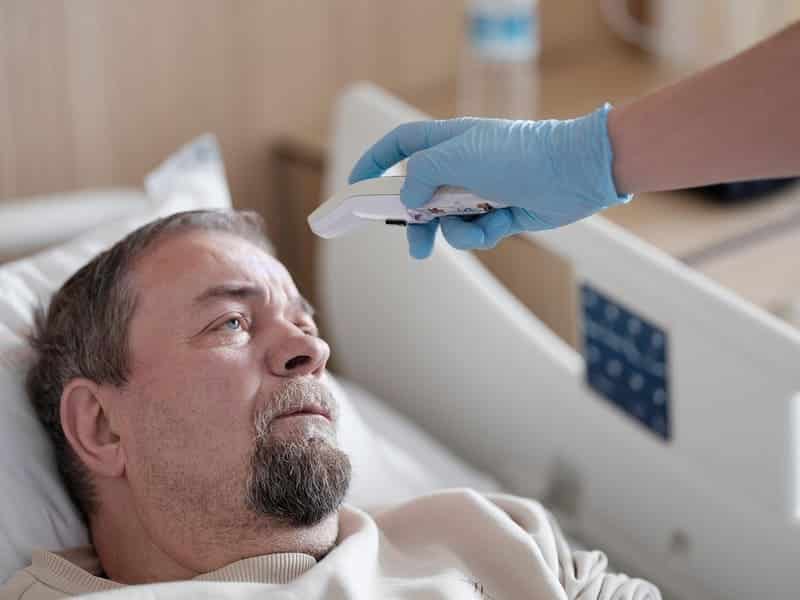There are many different variations of disabilities among people around the United States. While many facts are still unknown about the causes or effects of some, there are always some things that people need to know. People who grow up with disabilities have a difficult time understanding the changes in life or symptoms that come along with them.
One type of disability is known as a “Stiff Person Syndrome”. As there are many symptoms, some are unaware of what the disability is or what causes SPS. Here is what you need to know about stiff person syndrome:
What Is Stiff Person Syndrome?
Stiff Person Syndrome or SPS is a rare autoimmune neurological disorder that most commonly causes muscle stiffness and painful spasms. Formerly described as stiff man syndrome, it is common amongst more women around the world. People can experience gait unsteadiness in walking, vision problems or slurred speech.
SPS is likely to occur in adults ages 40-50 or young children.
Symptoms of SPS
Symptoms come and go as spasms can happen suddenly when not expected. Experiencing pain in the lower back can bring on hyperlordosis as a sign of frequent muscle tightness. Injury can become a result of stiff person syndrome as falling is typical of a person with SPS.
The muscle stiffness prohibits body movement as walking becomes more difficult. It is not that individuals are not capable of moving, but at times it can be frustrating as normalcy is altered on a daily basis. GABA or gamma-aminobutyric acid can either be good or bad. It can block nerve cells which will stop your body from acting in it’s proper way.
Types Of Stiff Person Syndrome
Like other disabilities that people have, stiff person syndrome has different types. Not all of these variations are common or mostly known for.
Classic
This form of SPS is the most common. They experience muscle stiffness and spasms primarily in the lower, legs, and abdomen in their body. Trouble walking due to an unorthodox gait shift or stiffness is the main source through the pain that can last most of any given day.
Partial
The least common type of SPS is classified as partial stiff person syndrome. In this case, it only affects one area in either, the leg, abdomen or chest areas. This only one of the uncommon types of SPS as there is another small form.
Plus
Finally, the other least common type of SPS is known as Stiff Person Syndrome Plus. Instead of affecting the lower portion of your body, it deals with the brain stem as well. It can cause double vision or slurred speech from lack of signals to the brain.
Treatment For Stiff Person Syndrome
A downside to those with the disability is that there is no found cure. Medications can be taken to slow down the side effects such as muscle relaxers, (baclofen) to calm the muscles and release tension in the tight areas of the muscles affected.
SSRI’s or serotonin reuptake inhibitors can be used for anxiety related symptoms. Blood tests, EMG, or Lumbar puncture can diagnose whether or not someone is experiencing SPS.
Being someone with a disability myself, some days are harder than others. It takes a long time to grasp that life will go on and that there are things that we cannot handle that is out of our control. Take each day one at a time, things do get better. As individuals, we all have to make sure that things do not get worse with the abilities that we do have
More Great Content
Total Apex is an all-encompassing content producer. We provide detailed articles every day on entertainment, gaming, sports, and so much more! Check out all our great sports content at Total Apex Sports. Check us out on X @TotalApexEandG and our other sites: Total Apex Sports Bets and Total Apex Fantasy Sports











